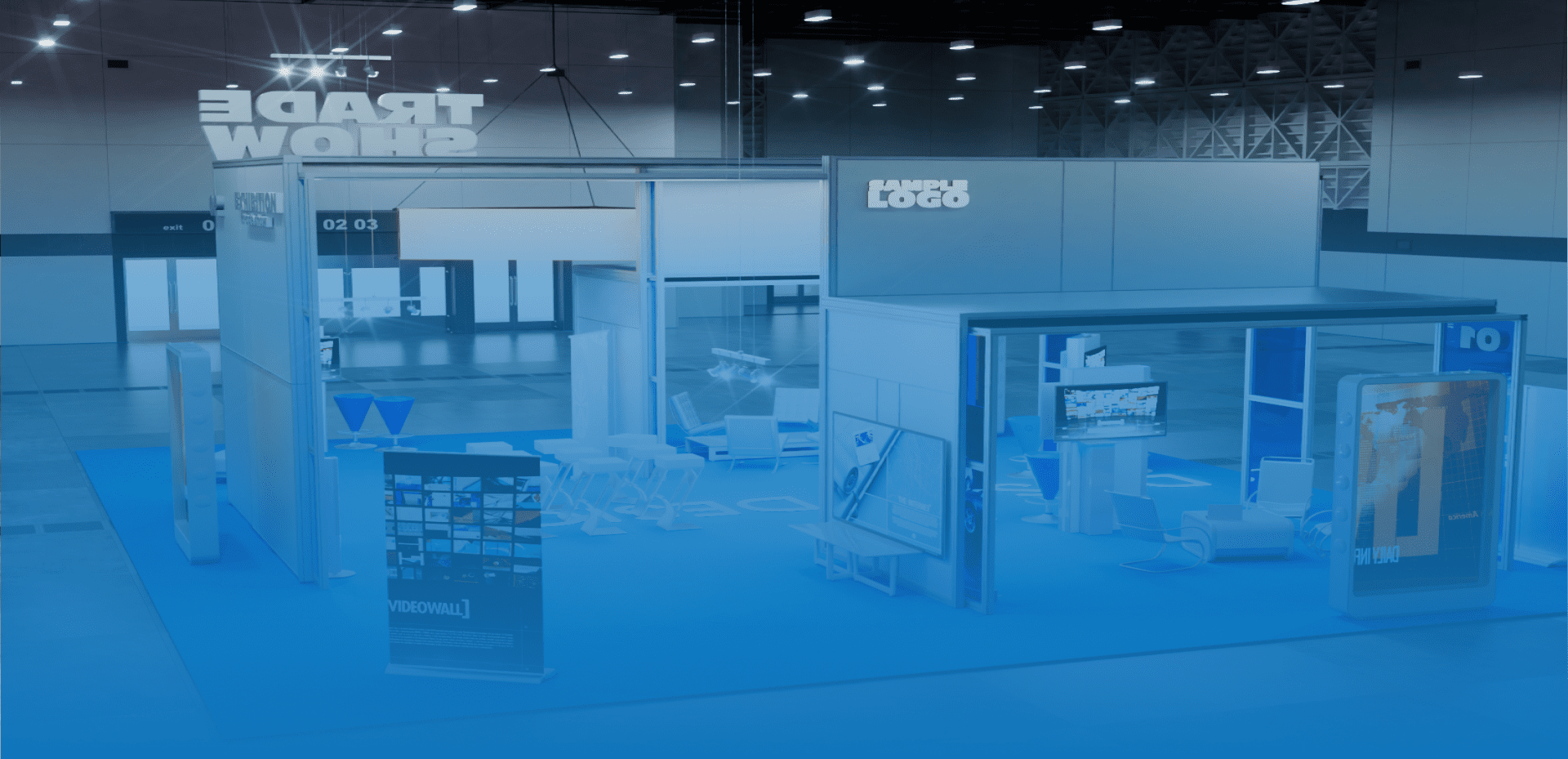
The past few years have witnessed a significant shift in the way companies recruit talent. The rise of remote work and the global pandemic have accelerated the adoption of virtual hiring events as a safe, efficient, and cost-effective way to connect with qualified candidates.
This article serves as a comprehensive guide, exploring the virtual hiring event meaning, including what they are, how they work, and the different types available. We’ll also delve into the key steps involved in hosting a virtual hiring event and introduce Meetaverse as the ideal platform for your needs.
A virtual hiring event is an online platform that mimics the experience of a traditional job fair or career fair. It allows companies to showcase their brand, connect with potential candidates, conduct interviews, and collect resumes – all within a virtual environment. These events leverage various technologies like video conferencing, chat rooms, and interactive booths to facilitate communication and engagement between employers and job seekers.

Virtual hiring events seamlessly blend technology, purpose-built platforms, and specific functionalities to replicate and enhance the traditional recruitment process. To understand how do virtual hiring events work, it’s essential to break down the process:
While both methods aim to connect companies with potential hires, virtual hiring events offer several key differences compared to traditional in-person recruiting:
| Feature | Virtual Hiring Events | Traditional In-person Recruiting |
| Location | Online (ex. virtual hiring event) | Physical location |
| Data-driven insights | Analytics on candidate engagement and platform usage | Limited data on candidate engagement |
| Cost | More cost-effective (reduced travel and venue costs) | Higher cost (travel, venue rental, catering) |
| Efficiency | Streamlined process with faster communication and scheduling | More time-consuming logistics |
| Reach | Wider talent pool | Limited to local talent pool |
Types of virtual hiring events showcase the diverse applications of this innovative recruitment approach. Let’s explore some virtual hiring event examples:

Hubspot, a marketing and sales software company, frequently hosts virtual workshops on various topics relevant to their industry. These interactive workshops involve presentations, live demonstrations, and hands-on exercises, allowing participants to develop practical skills and gain valuable knowledge. For instance, Amazon Web Services (AWS) frequently hosts webinars on various topics related to cloud computing. These webinars typically involve presentations from AWS experts, followed by Q&A sessions, allowing participants to gain valuable knowledge and stay up-to-date on the latest trends in cloud technology.
Looking for a new and revolutionary L&D solution?
Leave your contact information and a Meetaverse professional will be happy to tell you more about how we can help
Planning and executing a successful virtual hiring event requires careful consideration and preparation. Here’s a detailed step-by-step virtual hiring event guide to help you navigate the process, ensuring a smooth and engaging experience for both you and your potential candidates:

Before diving in, clearly define what you hope to achieve with this virtual event. Are you aiming to:
Once your goals are established, use them to guide every aspect of your planning and execution. This includes tailoring your content, selecting appropriate marketing channels, and determining key metrics to measure the success of your event based on your specific objectives.
Select a virtual hiring event platform that caters to your specific needs and offers functionalities that support your goals. Look for features like:
Meetaverse stands out as a powerful virtual event platform specifically designed to provide a seamless and engaging experience for both organizers and attendees of virtual hiring events. It offers a comprehensive suite of features, including:

Explore the full potential of Meetaverse’s features by scheduling a personalized demo. Witness firsthand how our platform can elevate your virtual hiring events, providing unparalleled engagement and efficiency.
Once you’ve chosen your platform and defined your goals, it’s time to create a buzz around your event. Promote your virtual hiring event through various channels, including:
Customize your virtual hiring event format to best achieve your goals and engage your target audience. Consider incorporating elements such as:
The landscape of recruitment is rapidly evolving, and virtual hiring events have emerged as a powerful tool for connecting with top talent in a flexible, efficient, and cost-effective manner. Ready to experience the potential of successful virtual hiring events firsthand? Explore Meetaverse today by scheduling a personalized demo and discover how our platform can transform your recruitment strategy. Unleash the possibilities of virtual hiring and connect with the talent you need to thrive in the dynamic business world.
Looking for a new and revolutionary L&D solution?
Leave your contact information and a Meetaverse professional will be happy to tell you more about how we can help
A virtual hiring event is an online platform that mimics the experience of a traditional job fair or career fair. It allows companies to connect with potential candidates, showcase their brand, conduct interviews, and collect resumes – all within a virtual environment. These events leverage various technologies like video conferencing, chat rooms, and interactive booths to facilitate communication and engagement between employers and job seekers.
Virtual hiring event cost, is contingent upon factors such as the selected platform, anticipated number of attendees, event duration, and desired features. Various platforms provide different pricing tiers with diverse functionalities and capabilities. It is essential to conduct a thorough comparison of pricing models and features across platforms to identify the one that best fits your budget and specific requirements.
During a virtual hiring event, candidates typically go through various stages, including submitting online applications, participating in virtual interviews, and possibly engaging in assessments or exercises. Employers may leverage video conferencing platforms to conduct interviews and evaluate candidates remotely. The process aims to streamline recruitment, allowing both employers and candidates to connect efficiently without the need for physical presence.
Whether virtual recruitment events are worthwhile depends on your specific needs. However, they offer potential benefits of virtual hiring events for both employers and candidates.
Employers:
Candidates:
Overall, virtual events can be a valuable tool in today’s recruitment landscape.
The corporate world has undergone significant changes due to employee virtual tr...
read moreHR enters the metaverse, and it plays a critical role in facilitating the integr...
read moreThe recruitment landscape has undergone a radical transformation in recent years...
read more

